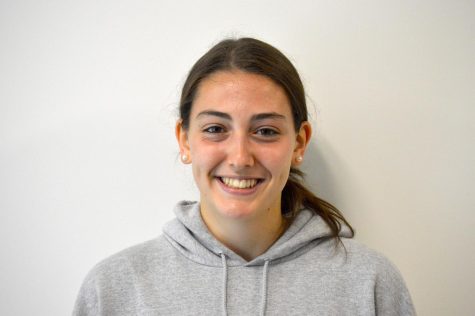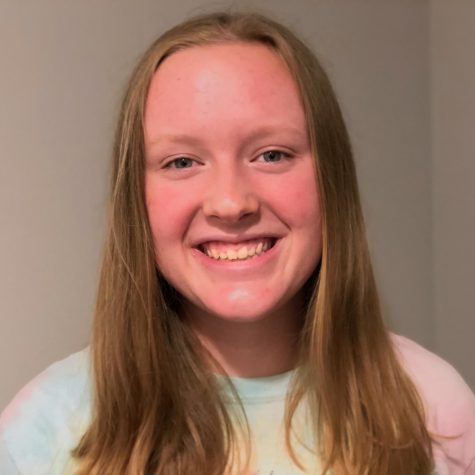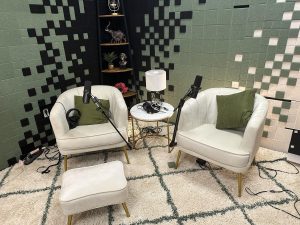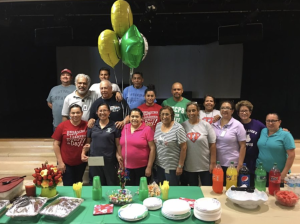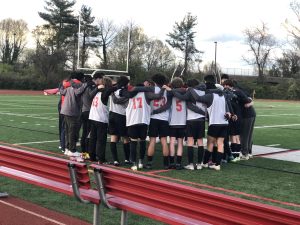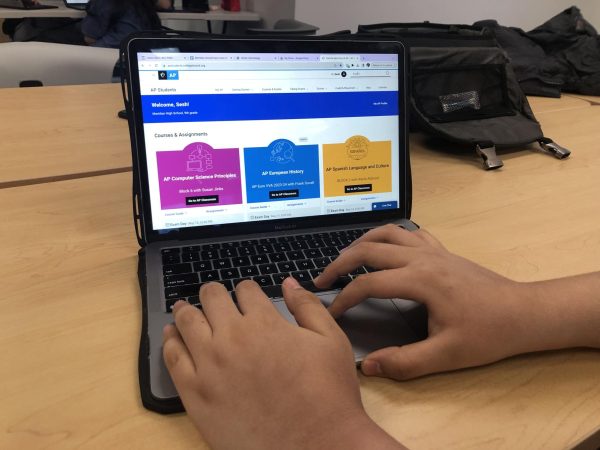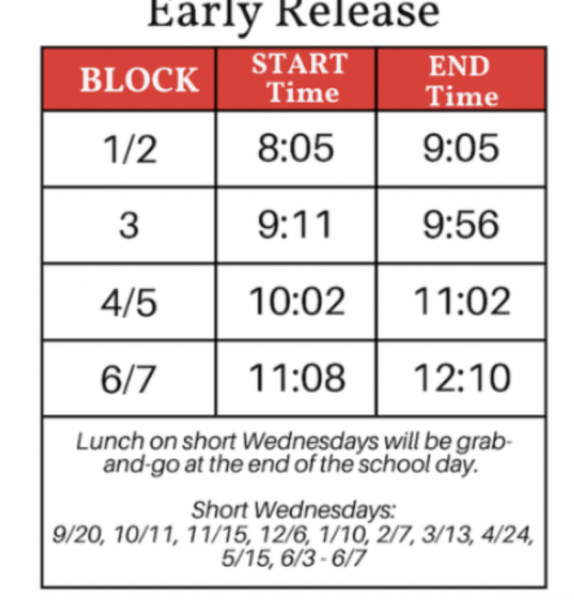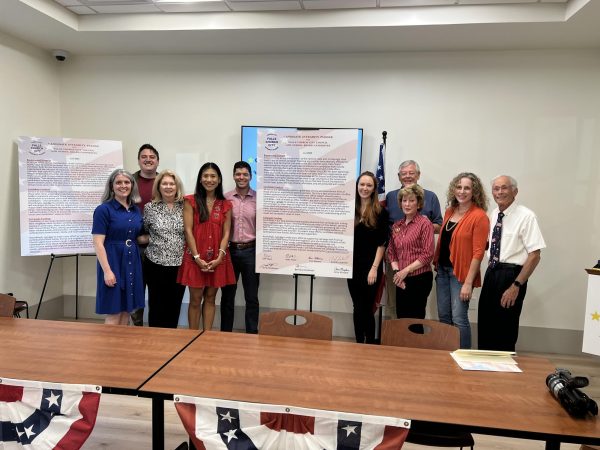Opinion: We need to go back as soon as it’s safe
November 21, 2020
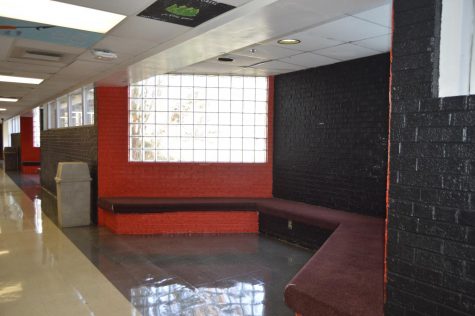
FCCPS Superintendent Dr. Peter Noonan has announced that the return to school for grades 6-11 will be, at the earliest, January 12. The completion of the new high school, the return to school close to winter break, and the difficulty of moving into the new building a month after returning to the old one were the main concerns cited in the decision to not return before winter break. While these reasons are the easiest for our district logistically, they do not properly address the mental health effects this pandemic has had on students, nor the lacking education that virtual learning is providing.
Even though the high school’s return has been delayed, the elementary school has been able to smoothly reopen this past week. We understand that younger students have more developmental difficulties with online learning. But high school students are struggling and not being adequately supported with online learning as well, and our school system shouldn’t have to choose between one or the other. Everyone’s learning should be a priority.
During regular times, high school students repeated the same monotonous routine each day – school, extracurriculars, homework, sleep, repeat. Still, it was a routine that had academic, athletic, and social times built in, which allowed for a more engaging schedule filled with various mental breaks.
These days, students don’t have that structured outlet. Without interacting with peers, and with sports and extracurriculars on hold, students are finding themselves lacking the productivity and motivation that would have been there otherwise.
The shortened class times certainly do not help this challenging issue. With in-person learning, we would have at least three hours of class time each week. This traditional schedule allowed for proper instruction, practice, and further enrichment of each subject. In a virtual setting, Mason only has two hours a week for each class, assuming no technology issues (which is, unfortunately, often an incorrect assumption). This schedule gives us limited time to interact with classmates, participate in discussions, and ask questions.
Not only are Mustangs experiencing a change in their education, they are also living through a pandemic that is taking a massive toll on their social, emotional, and mental health. Allowing students to partially go back to school wouldn’t ease all the stress surrounding our current situation, but it would at least allow for them to have a space to interact with their peers and friends, all while maintaining social distancing and proper safety protocols.
Falls Church prides itself on its small school system, which allows for lower student populations and student-teacher ratios. We have the resources to create a safe hybrid structure. We are doing our students a great disservice if we let the logistical inconvenience of reopening in the old building stand in the way.
That being said, COVID-19 levels have been rising, and we understand that the appropriate safety measures have to take place. But provided that Falls Church stays within safe COVID metrics, we should be doing absolutely everything we can to get students back as soon as possible.
Mustangs are supposed to be the product of an exceptional school system, but if our school system isn’t able to give us the attention or support that we need, we need a change in course. As soon as it is safe, FCCPS needs to prioritize all its students and their mental health over logistics that are convenient for the administration.
For more student perspectives on reopening, click here.


